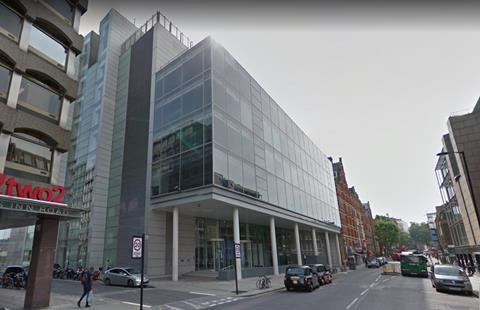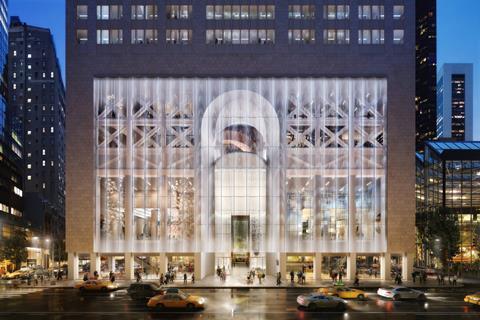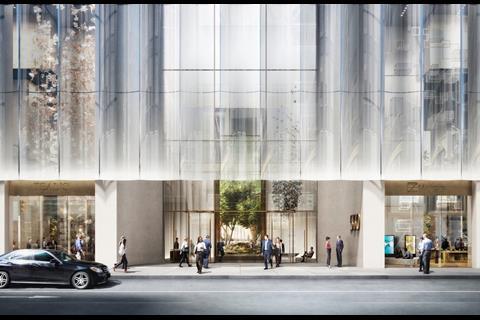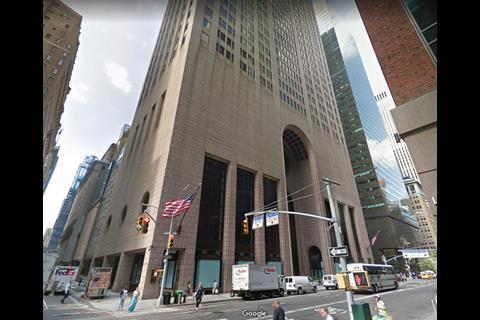Our great buildings are increasingly owned by philistine investors who view a colonnade as a sweatable asset not a civic gesture, says Gillian Darley

Sometimes I wonder how things catch on, out there under the radar of worthwhile discourse and good architecture. It took the sinister black cladding on the ground floor of the ITN building on the Gray’s Inn Road (now rebranded as 200 Gray’s Inn Road) to alert me to changes afoot at one of Foster Associates’ subtlest late 1980s commercial buildings. The excellent (and very handy) Architecture Foundation app based on Edward Jones and Christopher Woodward’s Guide to the Architecture of London remarks on the “generosity” of the recessed entrance. It is that oblique and always refreshing approach, a bit of stolen space, neatly marked by columns, that gives the building its particular presence and elegance.

But, whisper it, was that gift of off-pavement breathing space perhaps a waste of valuable square metres? The agents currently suggest that you should not trust the images online, since “certain aspects may have changed”. And so is it, or is it not, not the building that Foster designed? A “destination” building, it is also as they write in peerless developer-speak, the subject of a “proactive asset repositioning to grow rents”. There is no information whatsoever about the future of the ground floor entrance approach but those black boards enclosing the southern end of the street elevation do not bode well.
Up in Newcastle-upon-Tyne, they are playing the same tune. The city council has been casting about how to maximise facilities in its handsome Scandinavian-style civic centre, designed by city architect George Kenyon in the late 1950s and opened in 1968.

So Faulker Brown, the long-established and respected local architectural practice, hit upon seizing the wasted areas under the entrance arcade. The grade II*-listed building will lose its colonnade, three columns deep along the west side, a place in continual active use by city officials and citizens on their way in and out of their town hall. Instead, a series of “meeting pods” and a café will be bundled into the newly cannibalised, sealed-off and glazed area. One of the most attractive aspects of the building will disappear; the symbolism applied to the city’s government seems potent. The loss of a watchful conservation officer has left the city’s listed buildings vulnerable, and despite strong words from the C20 Society (I declare an interest there), the building has been left vulnerable to what looks like thoughtless attrition for very little return.
In Grace McCombie’s excellent Pevsner guide to Newcastle & Gateshead (in the Yale series) she describes the place of the arcade alongside the Ceremonial Way, leading to the main entrance and engraved glass screens by John Hutton. It is, or was, a model of civic style. But, as on Gray’s Inn Road, it is being treated as space to be maximised to little effect, rather than the dignifying element that gives the building its finishing touch.

I had been mulling these two cases when the furore attached to Snohetta’s plans for Philip Johnson and John Burgee’s 1984 AT&T Building (550 Madison) caught my eye. The strongest arguments in favour of that flawed but ultimately much-appreciated post-modern tower related to the ground-floor treatment, rather than the attention-grabbing Chippendale broken pediment. That base was heavy granite, punched through with a magisterial arch, to be lost in the fog of the proposed scheme, where a great shower of undulating glazing will pour down over it to be … ah, wait, someone just gave me the right words, “a proactive asset”. New Yorkers are marching and campaigning against that. Let us hope that the good people of Newcastle will awake and follow suit.



















2 Readers' comments